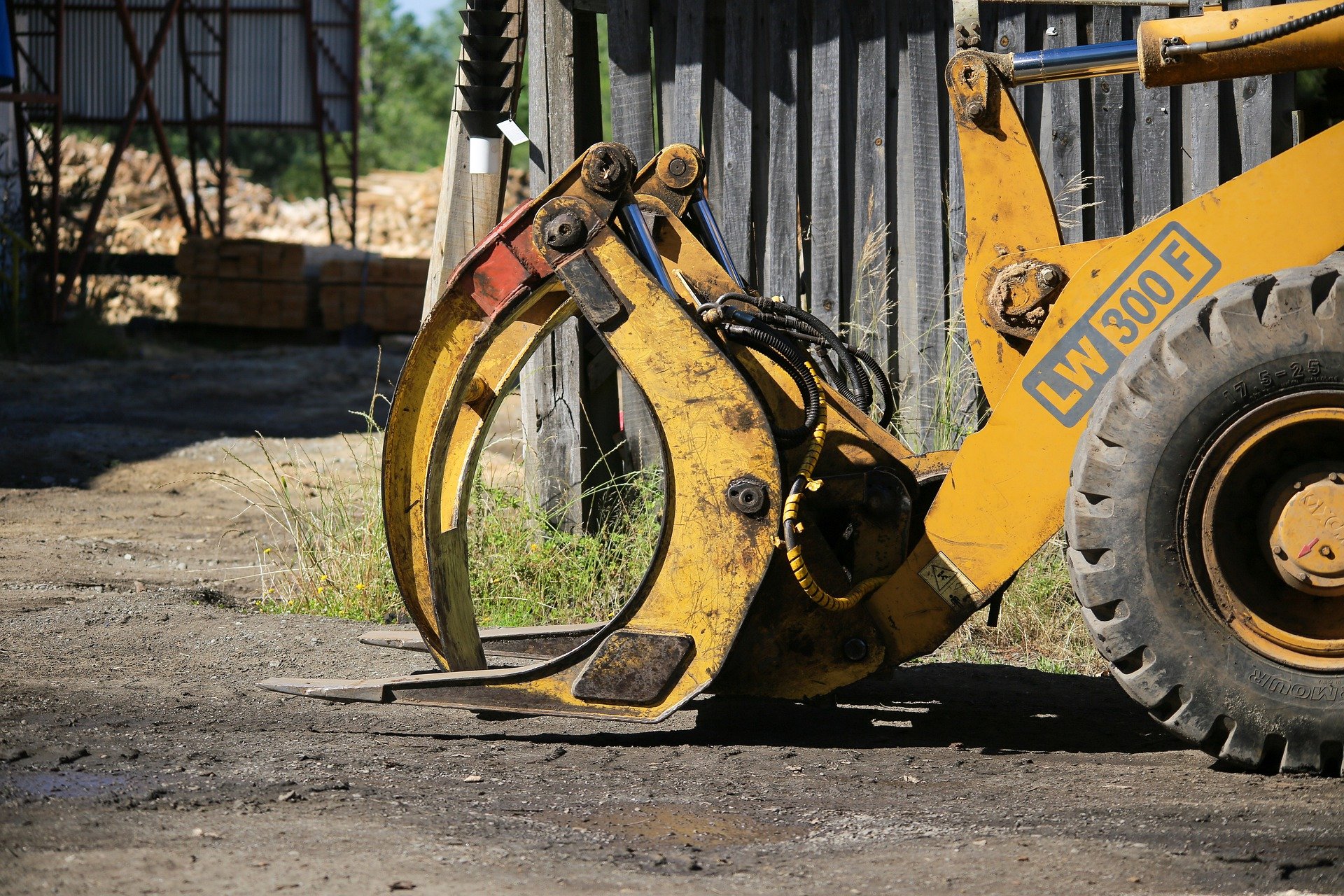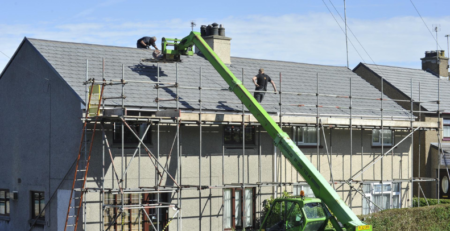Government Aims for 40,000 Self-Build Homes Per Year
In a bid to help ease the UK housing crisis, in the summer of 2021 the Johnson Government commissioned a report by Richard Bacon, MP for South Norfolk, aimed at increasing custom and self-build homes (CBS) in the UK from around the current 13,000 to 40,000. The 114-page report makes six key recommendations to help free up the “missing market” and increase self- and custom-built home construction to supplement the UK housing stock.
Mr. Bacon noted in the report that “We need to build more and better new homes. Custom and self-build homes can help achieve this, by putting customers and their choices back at the heart of the process”.
“When customers come first, we will see more homes built – that are better designed, better built, greener and which cost less to run – and which are warmly welcomed by their communities. This review sets out a route map for how we can achieve this much needed change.”
Although the UK government has set a target for building 30,000 to 40,000 self builds per year, if the UK managed to achieve the same numbers as in the Netherlands, the UK could in fact deliver up to 60,000 custom homes a year, noted Mr. Bacon. Still, 40,000 self-commissioned homes represent a significant contribution to the UK’s meeting its annual build targets to tackle the housing shortage, something that is contributing to sharp house price and rental increases.
Bacon’s report comes in the wake of the government’s previous announcement of an equity loan scheme designed to promote the self-commissioned home market for those who struggle to raise the requisite deposits. The Help to Build scheme fits into the government’s wider Planning for the Future White Paper.
The Report’s principal 6 recommendations
1: Greater role for Homes England. The Government should create a new Custom and Self-Build Housing Delivery Unit within Homes England to enable the creation of serviced building plots on small and large sites and support the delivery of custom and self-build housing at scale across the country.
2: Raise Awareness of the Right to Build. The Government, working through Homes England in partnership with the custom and self-build industry, should create a custom and self-build housing Show Park and should strengthen existing legislation to mandate the wider publicity of Self-build homes and Custom Housebuilding Registers and the sharing of key data between willing landowners and people on registers.
3: Support Community-Led Housing, Diversity of Supply and Levelling Up. The Government should reignite the successful Community Housing Fund; create accessible opportunities for communities to help themselves by introducing a Self-Help Housing Programme; and introduce a Plot to Rent Scheme.
4: Promote Greener homes and more use of advanced manufacturing. The Government should recognise and support the pathfinding role of the custom and self-build housing sector in advanced manufacturing and in greener homes to accelerate the delivery of its wider Modern Methods of Construction and Net Zero Housing ambitions.
5: Support Custom and Self-build housebuilding through the Planning Reforms. The Government should ensure that the planning reforms in its White Paper Planning for the future maximise the opportunities for access to permissioned land for CSB across all tenures, including making focussed changes to the Right to Build legislation to ensure that it achieves its objectives.
6: Iron out any tax creases. The Government should investigate the perceived disadvantages in the tax system between the CSB delivery model and other forms of housing, identifying specific actions where necessary to neutralise them.
Reaction to Bacon’s report and recommendations
UK Housing Secretary, Robert Jenrick MP, said, “As we build back better, we want to help more people build their own home, making it an option for thousands who’ve not considered it or ruled it out before. This will help get more people on to the housing ladder, ensure homes suit people’s needs whilst providing an important boost to small builders and businesses too.
“I warmly welcome Richard Bacon’s report which matches our ambitions for the custom and self-build sector. We will consider it fully and respond to the recommendations in due course.
“The launch of the Help to Build equity loan scheme will be a game-changer to the self and custom build market and will allow individuals to borrow with lower deposit mortgages which will go towards the design and build of their new home.”
What is “self and custom housebuilding”?
Self- and custom-house construction is now far more common in other countries, accounting for approximately 55% of homebuilding in Germany. But this is set to change as Bacon’s report sets out a roadmap in which this type of building new homes will hugely increase in the coming years.
A home built to a person’s specifications is referred to as a “self-built” or “custom-made” home. These phrases are sometimes used interchangeably. These terms are clearly defined within the Self-Build & Custom Housebuilding Act 2015.

Many people prefer the term “self-commissioned dwelling” since it is more precise. In reality, the self-commissioned housing market consists of a wide range of options. One option is to find a parcel of land and build a home from scratch—a truly self-built home. As an alternative, customers can acquire a serviced plot of land from a landowner or builder, pick a model house from a catalogue, and have it built on it. In both cases, the final design and layout decisions are made by the consumer rather than a developer, who builds a home in the hope that someone will like it enough to buy it.
When it comes to self-build and custom housebuilding, the term “detached” is typically used, but it may also be used to refer to semi-detached and terraced row townhouses as well as high-rise apartment towers. There is little doubt, however, that such developments reduce the number of options open to residents. As an example, an apartment complex may define the outside appearance of the structure, but merely offer internal arrangement alternatives and the ability to construct a shell to the occupier’s specific design specifications.
Customer choice is encouraged by custom-built providers, and it is emphasised as much as possible in the sales process. To put it another way, this isn’t just about kitchen or bathroom tiles or colour schemes; it offers a wide range of options for room layouts, design specifications, and personalisation options.
Summary
Bacon’s report is a positive contribution to helping alleviate the growing UK housing crisis, which transcends far beyond mere shortages of somewhere to live and affordability. Indeed, as his following quote clearly shows, the ramifications are wide and serious:
“The stakes could not be higher. The current housing situation threatens labour mobility and the prosperity of the wider economy. It is already a strategic problem affecting major employers who want to hire the best staff. It is now causing couples to postpone having children because of worries about how they will ever afford suitable accommodation for a family. It is eroding social capital and could easily foment political unrest and extremism.”
ARE YOU READY TO START INVESTING?
Subscribe to our mailing list now for exclusive deals, investment guides and the latest information from the property market.







